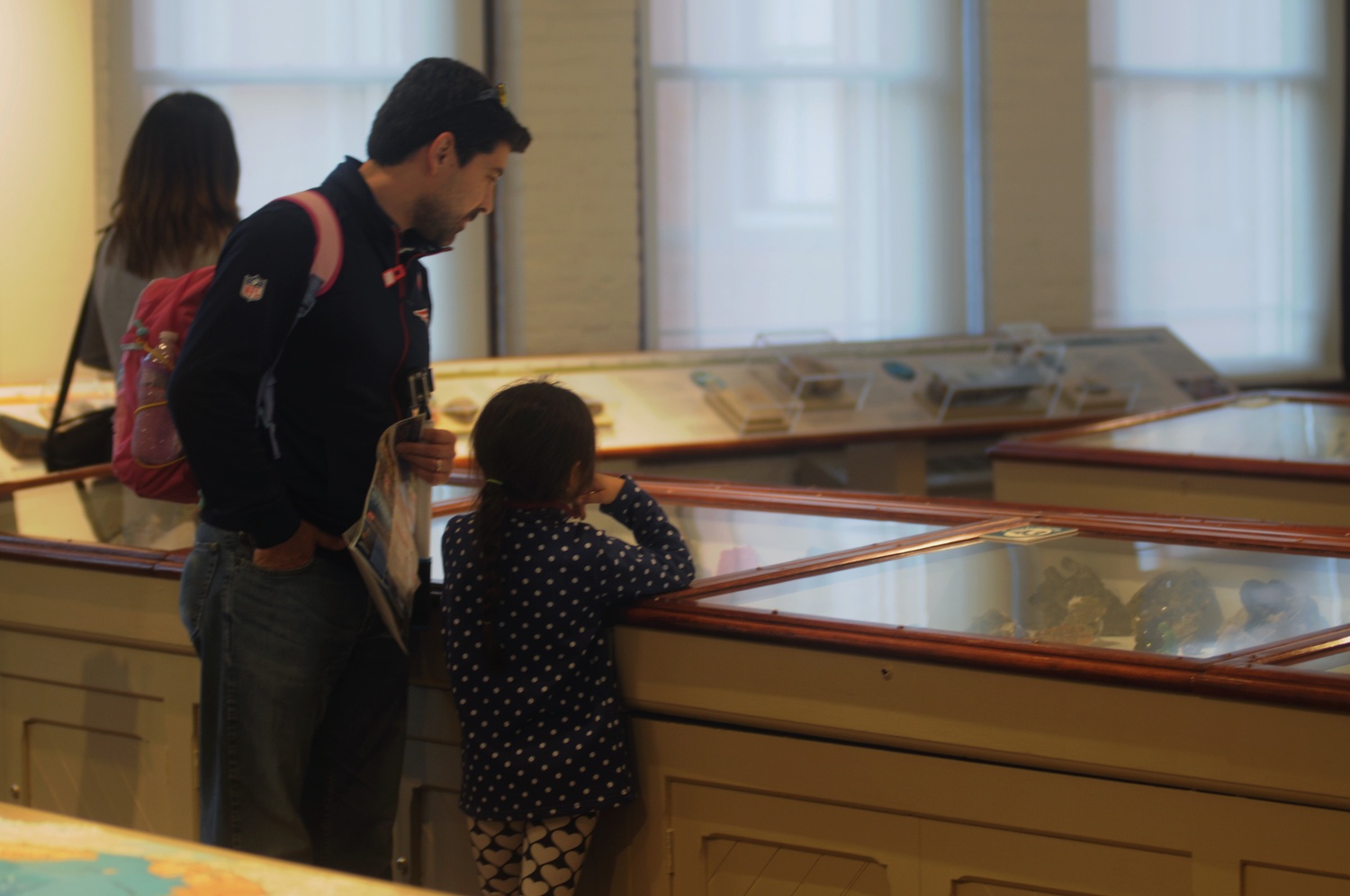
News
Harvard Alumni Email Forwarding Services to Remain Unchanged Despite Student Protest

News
Democracy Center to Close, Leaving Progressive Cambridge Groups Scrambling

News
Harvard Student Government Approves PSC Petition for Referendum on Israel Divestment

News
Cambridge City Manager Yi-An Huang ’05 Elected Co-Chair of Metropolitan Mayors Coalition

News
Cambridge Residents Slam Council Proposal to Delay Bike Lane Construction
With Rising Enrollment Numbers, EPS 10 Explores Earth’s History

The Earth and Planetary Sciences department has a new rising star.
Earth and Planetary Sciences 10: “A Brief History of the Earth” — an introductory course taught by EPS professor Jerry X. Mitrovica — has almost doubled its enrollment numbers every semester it has been offered, according to data released by the registrar’s office. The course has been taught three times since its inception in Spring 2017.
The course, currently comprised of 59 undergraduates, offers EPS concentrators and non-concentrators alike a glimpse into important processes in the history of the Earth — from the emergence of oxygen in Earth’s early atmosphere to the contemporary challenges of rising sea levels caused by global warming.
According to Mitrovica, EPS 10 allows students to explore the historical trends behind recent natural events such as Hurricane Michael, which made landfall in Florida last week — and actively participate in conversations about these incidents.
“The typical discussion that happens after a hurricane is ‘Are these hurricanes happening at higher frequencies?’” he said. “We want our students to be able to, even if they can’t speak to that with expertise, understand the discussion that goes around them.”
He added that earth science courses like EPS 10 try to avoid the technical jargon found in academic settings that Mitrovica said can serve as an “obstacle to learning.”
“The language of earth science is the language of the general public — certainly, Harvard undergraduates,” he said. “I think it’s an attraction for them in that it gives them a really good first course that covers the whole range [of Earth’s history].”
Several students said they were enjoying the course, with some ranking it as their favorite course of their semester.
“Jerry Mitrovica is a meme of a man, he’s an absolute riot,” said Sophie C. Webster ’21, a student in the class. “Going to his lectures is like going to an hour of vaguely stand-up comedy.”
“There’s this stereotype around geoscience that it’s very boring and very dull — rocky as it were — but he does a really good job of delivering it with so much verve and enthusiasm,” she added.
Mitrovica said he and the course teaching fellows have made enhancing students’ experiences in EPS 10 their “priority.” To this end, they plan to offer students opportunities to extend their learning beyond the classroom — for example, by exploring the origins of pigments at the Harvard Art Museums and walking through a tectonic fault in EPS Department Chair John H. Shaw’s virtual reality lab.
Mitrovica said one of the lesser-appreciated legacies of a successful course is the sense of “community” it fosters. This is something he and the teaching staff of EPS 10 have striven to promote through class excursions and lighthearted discussions.
Kendra N. Wilkinson ’21, another student in the class, said she thinks Mitrovica’s teaching is effective because he encourages his students to genuinely enjoy the material.
“Rather than making it a super hard class, he makes it very fun, but you learn just as much as you would otherwise,” Wilkinson said.
Mitrovica said the course’s growing size has presented some logistical challenges in terms of maximizing student interaction. To accommodate the influx of students, the course was relocated from a smaller room, where students gathered around a U-shaped table, to a less intimate lecture hall.
Still, Mitrovica said he likes the direction the course is going this semester.
“We have lots of lighthearted times in the class, which I cherish and I think they do too,” he said.
“Hopefully [my stories] are relevant, but, to be honest, many of them aren’t.”
—Staff writer Amy L. Jia can be reached at amy.jia@thecrimson.com. Follow her on Twitter @AmyLJia.
—Staff writer Sanjana L. Narayanan can be reached at sanjana.narayanan@thecrimson.com.
Want to keep up with breaking news? Subscribe to our email newsletter.
